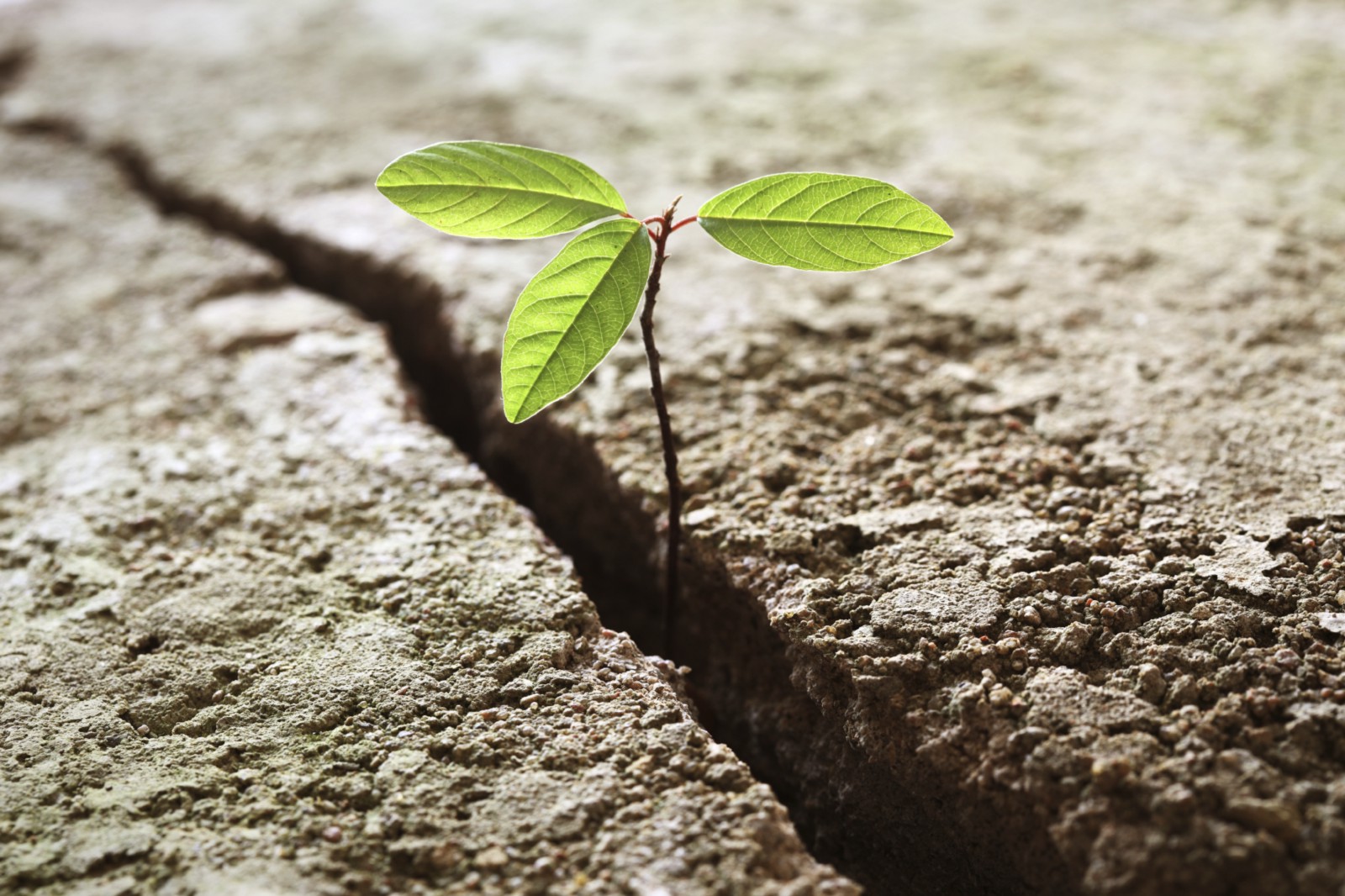The number of citations and articles in the area of resilience, both from organizational and individual perspective, has been rapidly growing in the past few years.
British Standard institute (BS 65000:2014) defines organizational resilience as follows: “Organizational Resilience is the ability of an organization to anticipate, prepare for, respond and adapt to incremental change and sudden disruptions in order to survive and prosper.” Magazine Psychology Today describes individual resilience as “…that ineffable quality that allows some people to be knocked down by life and come back stronger than ever. Rather than letting failure overcome them and drain their resolve, they find a way to rise from the ashes. “ Achor and Gielan have named their excellent HBR article 2016 as “Resilience is about how you recharge , not how you endure.
I got interested in resilience and its development after having completed a test on myself nearly two years ago. I got utterly poor results, felt devastated … until I realized that I took the test at a point of time when I was highly anxious and stressed. The context and situation mattered and the more I read on the subject, the hungrier I became to learn more. I got also interested in the studies made on the subject.
What are the latest findings on resilience? How can individual and organizational resilience be developed?
Resilience Balance Sheet
The Resilience Institute reveals some great insights in their Global Resilience report 2018. The data is based on over 20 000 assessments worldwide. According to the report findings resilience developed on personal, leadership and organizational levels can increase the strategic agility of an organization. The development needs to be integral and it is a two-way traffic.
The assessments diagnosed factors promoting resilience (asset side) and factors decreasing resilience (liability side). The idea was to pinpoint ways how to add value to the resilience balance sheet in a sustainable and successful manner.
The liabilities
The top 6 factors decreasing resilience were apathy, disconnect, hostility, joylessness, rumination and sadness.
In terms of disconnect and apathy I cannot but think of loneliness as one of its forms. The theme of loneliness has been written quite a lot about in the Finnish media recently. How to avoid the feeling of loneliness, what measures to take once you are feeling lonely and how to prevent an utterly lonely life, if loneliness is not a voluntary choice. One of the preventive actions is to connect both with oneself, with others and with society as a whole. For organizations this may mean creating circumstances for social learning, social get-togethers and social platforms. Loneliness should be taken very seriously as it may cause a treadmill to further apathy, further inability to bounce back when it is mostly needed. The top resilience performers endeavor to mitigate liabilities such as fatigue, self-criticism and overload as these may all be early steps of disconnect.
The assets
Top 6 factors increasing resilience were assertiveness, decisiveness, focus, fulfillment, optimism and presence. These findings are strongly supported in Erica Seville’s book Resilient Organizations where she mentions a program called “The five ways of well-being”. The program encourages connection to oneself and others, a growth mindset and true presence and focus. Indeed, the ability to focus was also the report’s combining factor between the most resilient people. I truly underline the power of focus. I tend to have a monkey mind and an overload of ideas and initiatives at times. Focus, presence and priority brings personal resilience to me.
Workplace interventions matter
Work-related mental issues are overtaking the role of physical safety issues in organizations. Anxiety and depressions have according to WHO increased 50 % globally from 1990 to 2013. Interventions are needed at organizational levels in order minimize mental distress and to improve mental health. Resilience interventions can according to the study increase individual resilience of employees by 38 %. Organizational gains include increased optimism, decisiveness, sense of purpose, focus and concentration skills and situational agility. Reduction in self-doubt, self-criticism and insomnia lowered the level of shared mental distress.
Resilience interventions can be simple, repetitive actions or year-to-year development plans. Whatever the mode is a few success factors are worth mentioning to get the gains looked for:
- Full C-suite commitment
- Hight trust culture to bounce back on
- Rewarding skills and behavior that support resilience development
- Agile leadership, fingers on the pulse
- Growth mind-set
Promote a culture of diversity
According to BSI (British Standard Institute) 2018 Resilience Report culture and leadership are key to the journey of continual improvement. Also, the performance of leaders, in terms of the culture they create, and the performance they galvanize should be one of top priorities. BSI identified a worrying gap in the perception of leadership culture between the shop floor and the board room; c-suite executives ranked their own performance significantly higher than those they oversee. The report further states that the top three worries organizations face in the future are technological worries, governance concerns and skills shortage.
Resilience Institute in turn found out that millennials struggle with all the key factors that correlate with high resilience (i.e. sleep delay, self-criticism, worry, lack of focus, undeveloped emotional agility). The same report claims that older people have often developed resilience skills that the millennials could benefit from.
We should not underestimate the resilience contribution of older people and the importance of resilient investments in the young people. We need all the skill-sets available in the future in order to avoid skills shortage and to mitigate technological worries. Diverse teams are resilient teams and capable of bouncing back when it is needed at most.
Bravemotion works with both culture and resilience development. Do not hesitate to contact us in case you are planning your next intervention or development journey of your own.
Eva / Bravemotion


